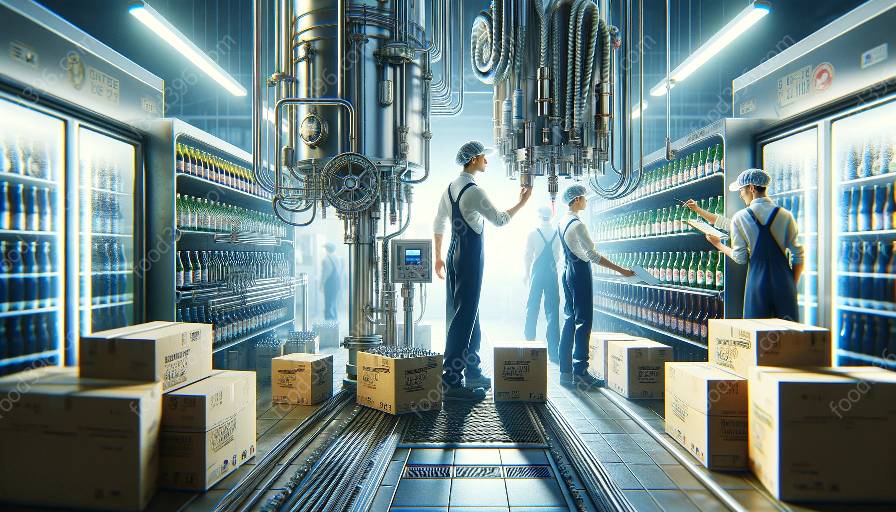Chemical hazards and toxins in beverages pose significant risks to both human health and the safety and sanitation of the beverage industry. Understanding the presence, effects, and management of these hazards is crucial for beverage studies and ensuring the overall safety of beverages.
Understanding Chemical Hazards in Beverages
Beverages, including water, juices, soft drinks, and alcoholic beverages, can be exposed to various chemical hazards and toxins throughout production, processing, packaging, and distribution. These hazards can originate from natural sources, environmental contaminants, and industrial processes. Common chemical hazards and toxins found in beverages include:
- Heavy metals such as lead, cadmium, and mercury, which can leach into beverages from contaminated water sources or equipment.
- Pesticides and herbicides used in the cultivation of crops, which may remain as residues on fruits and vegetables used to make juices and smoothies.
- Food additives and preservatives, including artificial sweeteners, colors, flavors, and stabilizers, which are used to enhance the taste, appearance, and shelf life of beverages but may have adverse health effects if consumed in excess.
- Toxins produced by molds and microorganisms, particularly in fermented beverages such as beer and wine. These toxins can cause foodborne illnesses and affect beverage quality.
Impact on Beverage Safety and Sanitation
The presence of chemical hazards and toxins in beverages can jeopardize the safety and sanitation of the entire beverage supply chain. Contamination at any stage of production or distribution can lead to consumer health risks, product recalls, and damage to the reputation of beverage companies. Additionally, inadequate sanitation practices can exacerbate the presence of chemical hazards and toxins, leading to microbial contamination and compromising beverage safety.
Proper handling, storage, and sanitation procedures are essential for mitigating chemical hazards. Regular testing for contaminants and compliance with regulatory standards are critical components of maintaining beverage safety and sanitation. Understanding the potential chemical risks associated with different types of beverages is indispensable for preventing contamination and ensuring the quality of the final product.
Link to Beverage Studies
For students and researchers in beverage studies, awareness of chemical hazards and toxins is integral to comprehending the complexities of the beverage industry. By studying the sources, effects, and mitigation strategies for these hazards, beverage studies can contribute to the advancement of beverage safety, quality assurance, and sustainable practices. Furthermore, the interdisciplinary nature of beverage studies encourages collaboration with experts in chemistry, food science, and public health to address the challenges posed by chemical hazards in beverages.
Conclusion
The presence of chemical hazards and toxins in beverages is a multifaceted issue that demands attention from both the beverage industry and academia. Understanding the diverse sources and effects of these hazards is essential for ensuring the safety and sanitation of beverages. Through interdisciplinary efforts and ongoing research, the beverage industry can develop innovative solutions to minimize chemical risks and promote the production of safe and wholesome beverages.

